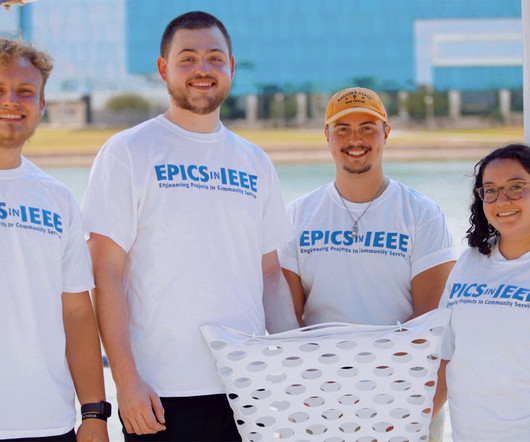Students Use Their Tech Know-How to Protect the Environment
Cars That Think
APRIL 20, 2023
Waterproof sensors that track flooding As part of the Sunny Day Flooding Project, Katherine Anarde, assistant professor in North Carolina State University’s Environmental, Water Resources, and Coastal Engineering Group [right] and another researcher install low-cost water-level sensors in storm drains. and its environs.











Let's personalize your content